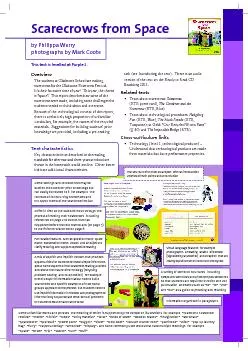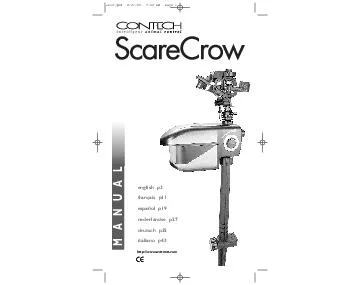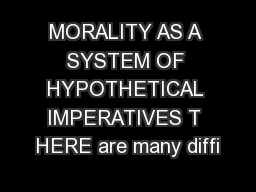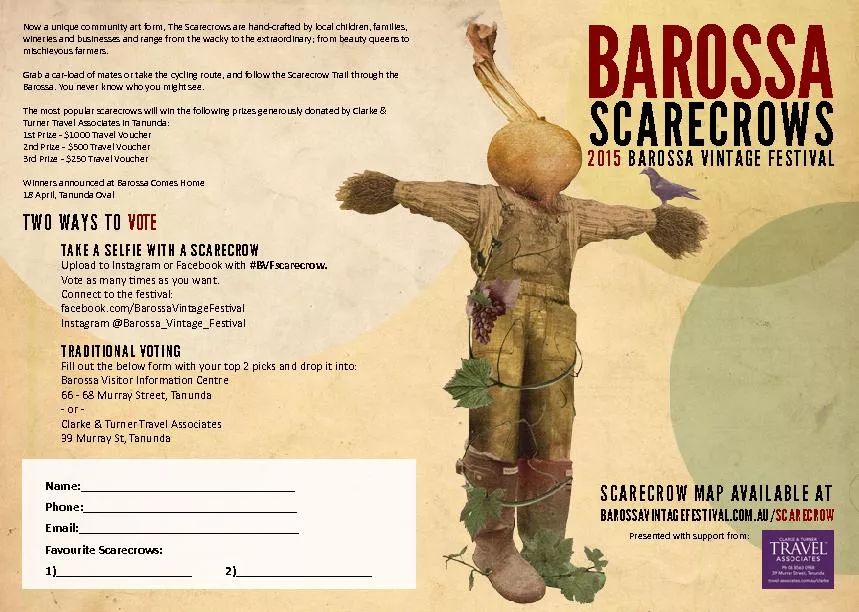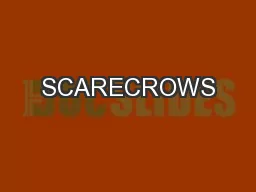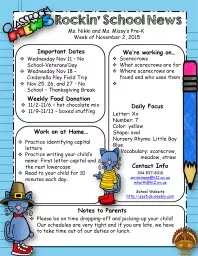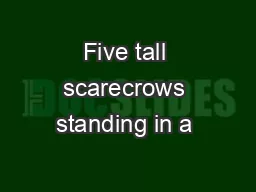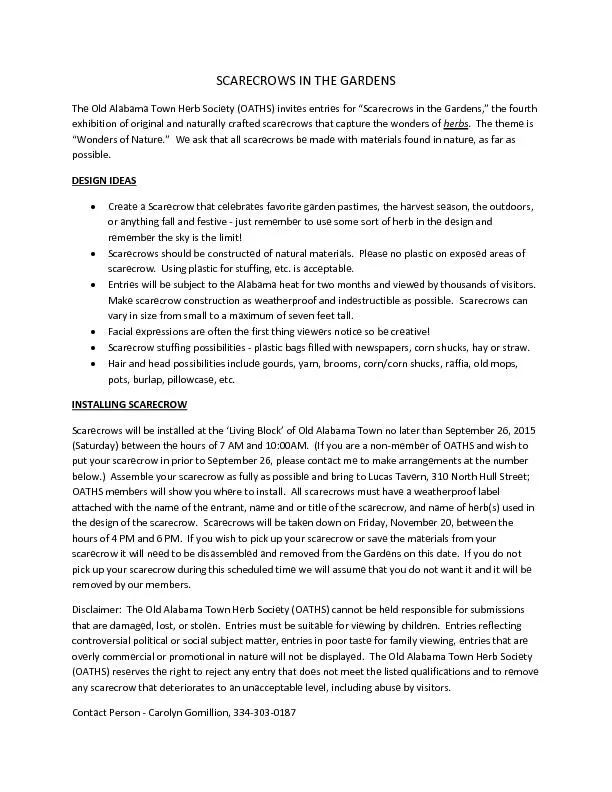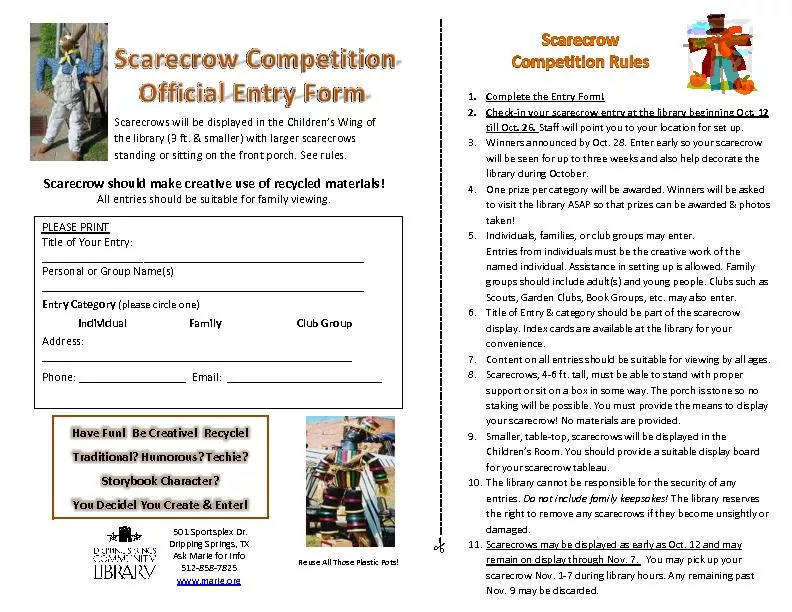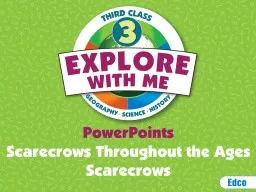PDF-Scarecrows from Spaceby Philippa Werry
Author : luanne-stotts | Published Date : 2015-10-17
Text characteristics Key characteristics as described in the reading standards for after two and three years at school are shown in the boxes with a solid outline
Presentation Embed Code
Download Presentation
Download Presentation The PPT/PDF document "Scarecrows from Spaceby Philippa Werry" is the property of its rightful owner. Permission is granted to download and print the materials on this website for personal, non-commercial use only, and to display it on your personal computer provided you do not modify the materials and that you retain all copyright notices contained in the materials. By downloading content from our website, you accept the terms of this agreement.
Scarecrows from Spaceby Philippa Werry: Transcript
Download Rules Of Document
"Scarecrows from Spaceby Philippa Werry"The content belongs to its owner. You may download and print it for personal use, without modification, and keep all copyright notices. By downloading, you agree to these terms.
Related Documents

